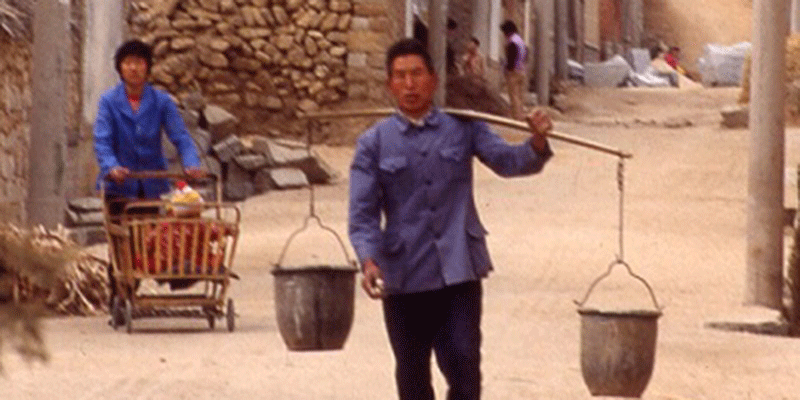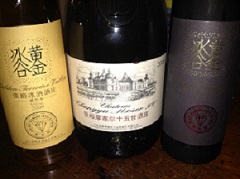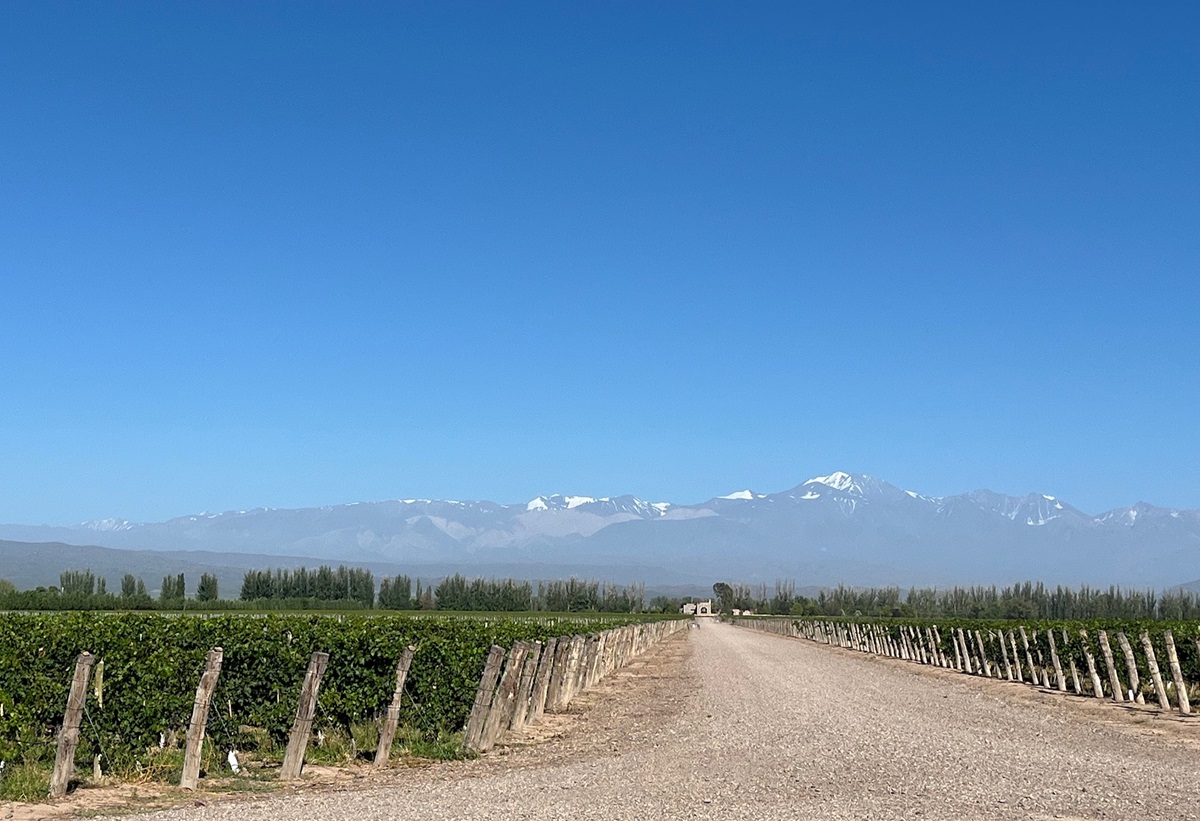CHINESE WINE

by Rose Murray Brown MW
Photographs: Rose Murray Brown MW
Published in The Scotsman 2013
All eyes are on China today – and particularly those in the wine world. Not only are the Chinese acquiring a taste for fine red Bordeaux, they are surging ahead with their own wine production. The first fruits of their labours are now on sale in the UK.
Four Chinese wines, a red and three sweet wines, are being offered by one of UK’s oldest fine wine merchants, Berry Bros & Rudd. They might not be the first Chinese wines to be sold here; Waitrose was the first with an inexpensive Cabernet Gernischt, which sold out immediately – but the new range price tags of £19 up to an eye-watering £65 per bottle show they are clearly aimed at wine connoisseurs.
I have visited several Chinese wineries on numerous trips around the Shandong peninsula, around Beijing itself and up to Liaoning in China’s far north east. My first visit was in 1989, when Riesling and Chardonnay were the preferred grapes. I met Australian consultant at joint venture wineries teaching, locals how to prune, spray, ferment and blend. The manager of one of the wineries I visited used to run a sewing machine factory, but what was clear to me was the incredible drive and desire from him and his young colleagues to learn.
Visiting just a few years later, the progress made by established wineries like Great Wall and the growth of new wineries was astounding. With advanced New World canopy management and winemaking techniques, the Chinese were learning fast. Shandong is now home to over 150 wineries.
What struck me most was the climatic difficulties they needed to overcome. Shandong might have a maritime climate, but typhoons and monsoons are a threat with rot and disease needing to be kept in check. At the other extreme in China is the far northwest Xinjiang wine region, where vast vineyard areas have fierce continental climatic extremes to contend with.
For years China has focused on volume mass-market wines. They are now the 8th largest wine producer in the world – and rising; the Chinese consume 1.6bn bottles of wine per annum – and rising.
Now the race is on to produce premium wines. Wealthy investors keen to tap into new middle class fascinations with claret (China is the second biggest buyers of Bordeaux after Germany) have been busy establishing small boutique wineries to produce hand-crafted wines matured in imported French oak barrels which can compete with the best of Europe.
The first ‘fine’ Chinese red wine on sale in the UK is made by Chateau Changyu Moser, part of the world’s 10th largest wine company (£457 million), established with internal investment and foreign expertise from Moser in Austria. The Changyu Group also have plans to open a new ‘wine city’ in Yantai which will incorporate European style wine villages and wineries amongst its vineyards.
I was disappointed with their Cabernet Sauvignon/Merlot. I have tasted better in China. It lacked depth, fine tannins and length of flavour. At £39, it is a novelty item which will appeal to the curious and to Berry Bros’ many Chinese customers through their Hong Kong office.
However – the three sweet wines are a revelation. When I visited Liaoning region several years ago, the parallels with Canadian ice wine vineyards were clear. Many wines I tasted then were blends of Canadian imports and Chinese grapes, but since then label regulations have been tightened up and the potential is looking very interesting. Plummeting Siberian temperatures here mean that grapes are picked frozen – and then vines are protected by burying them under ground until spring.
The Chinese themselves might have taste for all things red, but my bet is that these beautiful sweet icewines will appeal more to western palates.
 TASTE TEST:
TASTE TEST:
CHINESE RED:
CHATEAU CHANGYU MOSER XV 2008
Grapes: Cabernet Sauvignon & Merlot
Alcohol: 12.5%
Price: £39.99
Blackfruit aromas will remind you of claret, but there the similarity ends. The palate is light, lacks depth and concentration with brusque tannins.
CHINESE SWEET WHITE:
GOLDEN VALLEY ICEWINE 2009
Grape: Vidal
Alcohol: 11%
Price: £19 hf bt
A gentle introduction to the frozen grape style: a good balance of lush ripe fruits and natural acidity.
GOLDEN VALLEY BLUE LABEL ICEWINE 2009
Grape: Vidal
Alcohol: 11%
Price: £35 hf bt
A very fine example with beautiful citrus intensity, grapefruit freshness, purity and good length. Very good.
GOLDEN VALLEY BLACK LABEL ICEWINE 2009
Grape: Vidal
Alcohol: 11%
Price: £65 hf bt
Much more concentration from the vineyard’s top grape selection: deep citrus aromas, succulent full palate, long length. Superb.
All above available from Berry Bros & Rudd online at www.bbr.com
wine tastings
The perfect gift for the wine enthusiast in the family. Rose does In-person tastings too.
cellar advice
Rose does cellar valuations for private clients, valuations for insurers & bespoke portfolio management.
Related stories
March 31, 2024
By Rose Murray Brown MW Published in The Scotsman 30 March 2024 On 2 February 1659, the first wine made from grapes grown in South Africa was crafted by the Governor of the Cape, Jan van Riebeeck. He had planted vines four years earlier in the Company’s Garden near Cape Town from cuttings imported from France. Van Riebeeck’s first
March 24, 2024
By Rose Murray Brown MW Published in The Scotsman 16 March 2024 Heatwaves and bushfires were very much on the agenda when I visited Chile last month as winemakers prepared for their 2024 harvest in blistering heat and drought, with a plume of smoke from the devastating fires lingering over coastal hills. Heat and drought are the greatest challenges
March 23, 2024
By Rose Murray Brown MW Published in The Scotsman 9 March 2024 I have two glasses of Malbec in my hands from the same high-altitude vineyard in Uco valley in Argentina. I am in the Catena Institute of Wine in Mendoza with winemaker Agustin Silva. He has asked me to taste the two wines, both from the 1500m high



